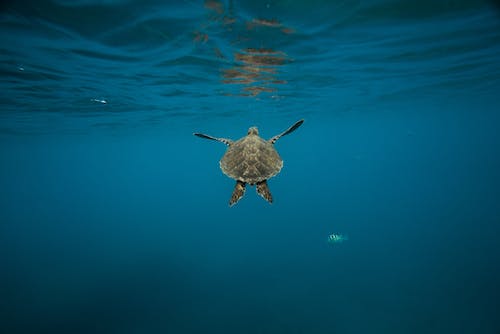 Loading...
Loading...
- what is your technology trying to solve? what is its purpose?
an led light is a semiconductor light source that emits light when current flows through it. infrared LED’s are used in remote control circuit, such as those used with a wide variety of consumer electronics. when a suitable voltage is applied to the leads, electrons are able to recombine with electron holes within the device, releasing energy in the form of photons. LED’s burn light 90% more efficiently than incandescent bulbs. LED’s work by passing an electric current through a microchip, which causes tiny light emitting diodes to illuminate. 95% of the energy in LED’s is converted into light and only 5% is wasted as heat.
2. form and function (How does it work?): What are its main parts and what do the parts do? How does it use or generate electricity?
so some of the main parts of an led light that i found from researching are: the lens, the E26 base, and the led driver. the lens directs light from the centre of the source to the reflector, which then sends out a controlled beam in whichever direction it is designed to. The E26 base is any bulb or lamp that utilizes the E26 cap or base for mounting and electric contact. you can always recognize any E26 bulb by looking at the bottom, or non-light emitting side of the bulb. And lastly, an LED driver is a self contained power supply which regulates the power required for an led or array of led’s. the light emitting diodes are low energy, lighting devices with a long lifespan and low energy consumption, hence the requirement for specialized power supplies. there are typed of led drivers, led drivers are either used externally or internally. internal led lights are commonly used in domestic LED bulbs to make it easy when replacing the bulbs. external led drivers are housed separately from the LED’s and usually used for applications such as outdoor, commercial, roadways lighting. these types of lights require separate drivers which are easier and cheaper to replace. most of the LED bulb failures are due to the failure in the driver, and it is easier to replaces or repair the external driver compared to the internal driver.
evaluate:
a) what are the strengths and weaknesses of your technology?
the weaknesses of an led bulb is due to the low power of a single LED, its luminance remains fairly low. more LED’s are required to be connected in parallel, such as automobile backlights. more LED’s lead to higher cost, although the cost of a single led is not high.
the strengths that an led bulb would be the long light lifespan of it. easily the most significant advantage of LED’s when compared to traditional lighting is the long lifespan. the average led light lasts 50,000 operating hours to 100,000 operating hours or more. that is 2-4 times as long as most fluorescent metal halide, and even sodium vapor lights. it is more than 40 times as long as the average incandescent bulb. another strength of an led bulb would be the energy effidiecny. led’s consume very low amount of power the statics to look for when comparing the energy efficiency of different lighting solutions are called by one of the two tems: luminous efficacy or useful lumens. these two items essentially describe the amount of light emitted per unit of power (watts) consumed by the bulb.
b) In your opinion, is it a satisfactory solution to the problem it is trying to solve?
in my opinion, yes it is a really good solution because of its energy efficiency because it is 80% more efficient than other light bulbs. unlike other energy-effficient typed of lighting, an led bulb doesnt emit a polluting radiation so it doesnt cause a health hazard. i also really like the fact that they have a really long lifespan and you can use them however long you want and they wont burn up like normal light bulbs do too often.



